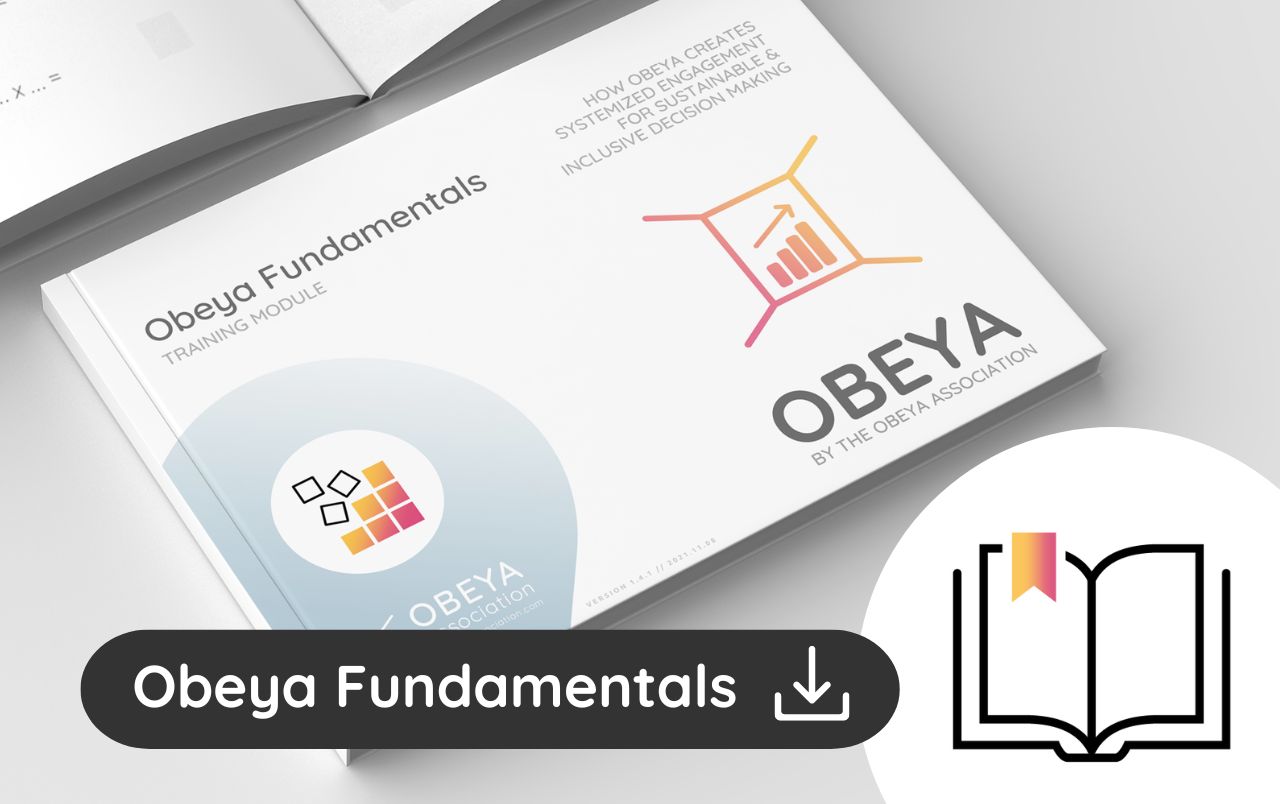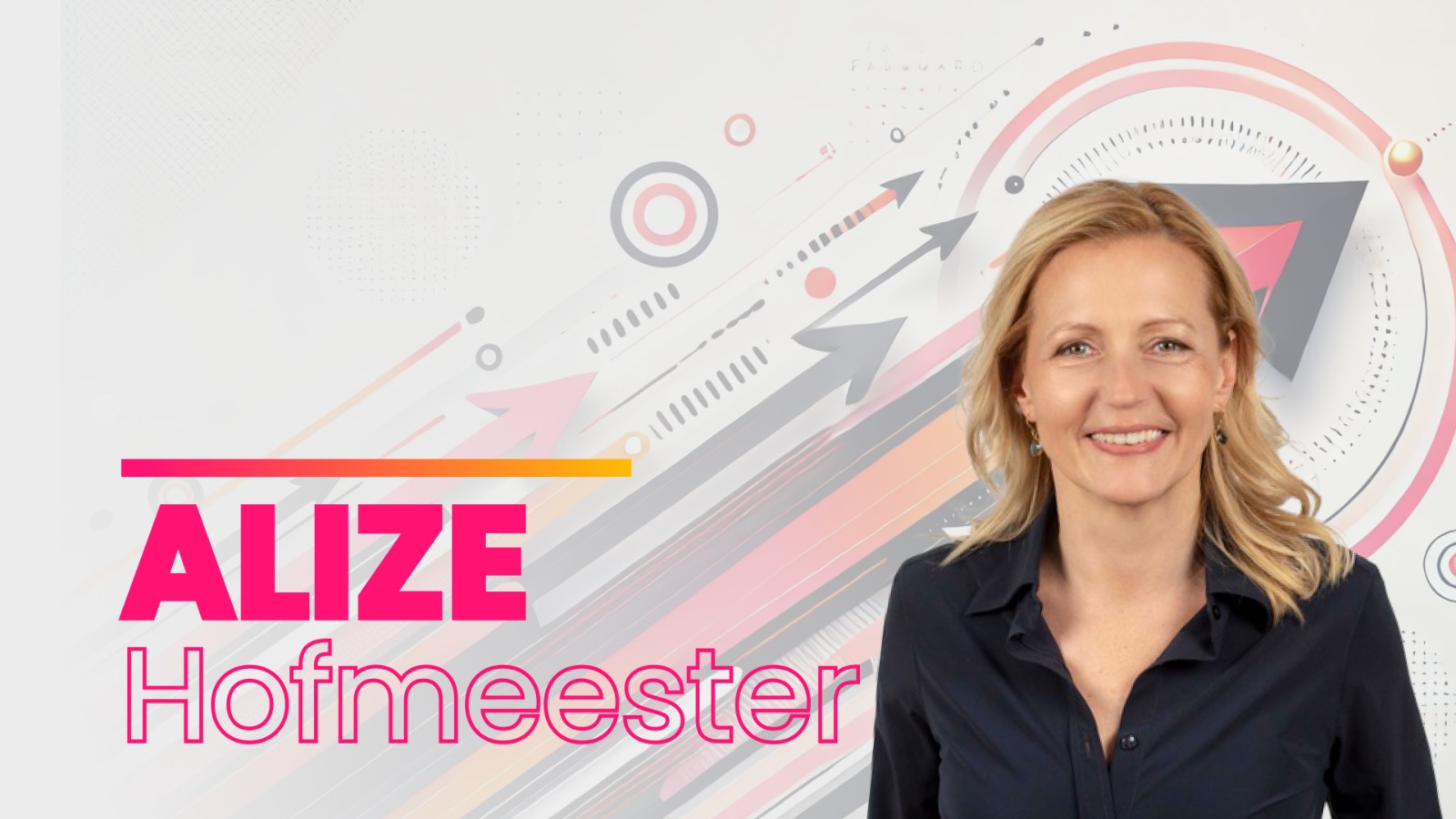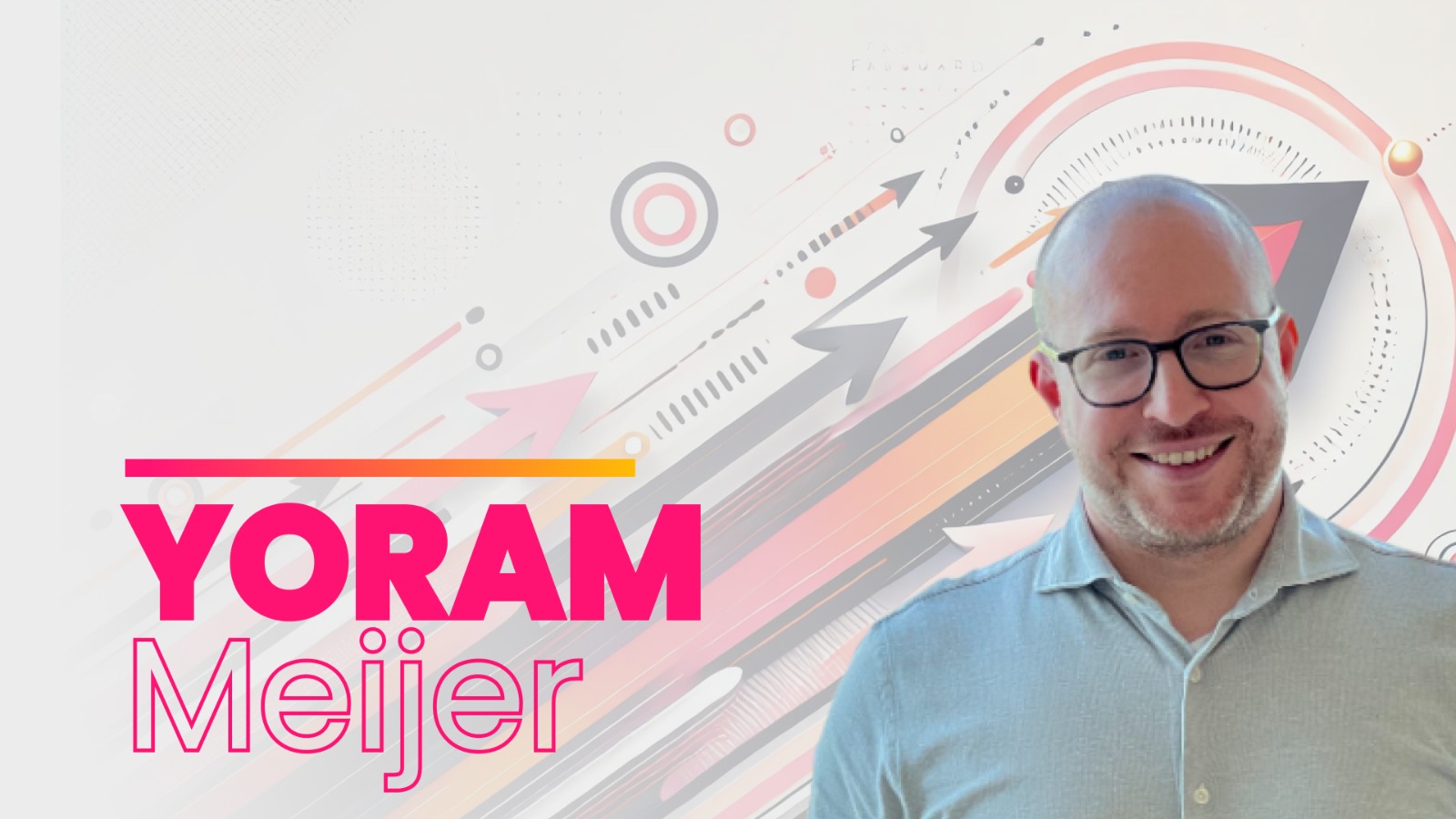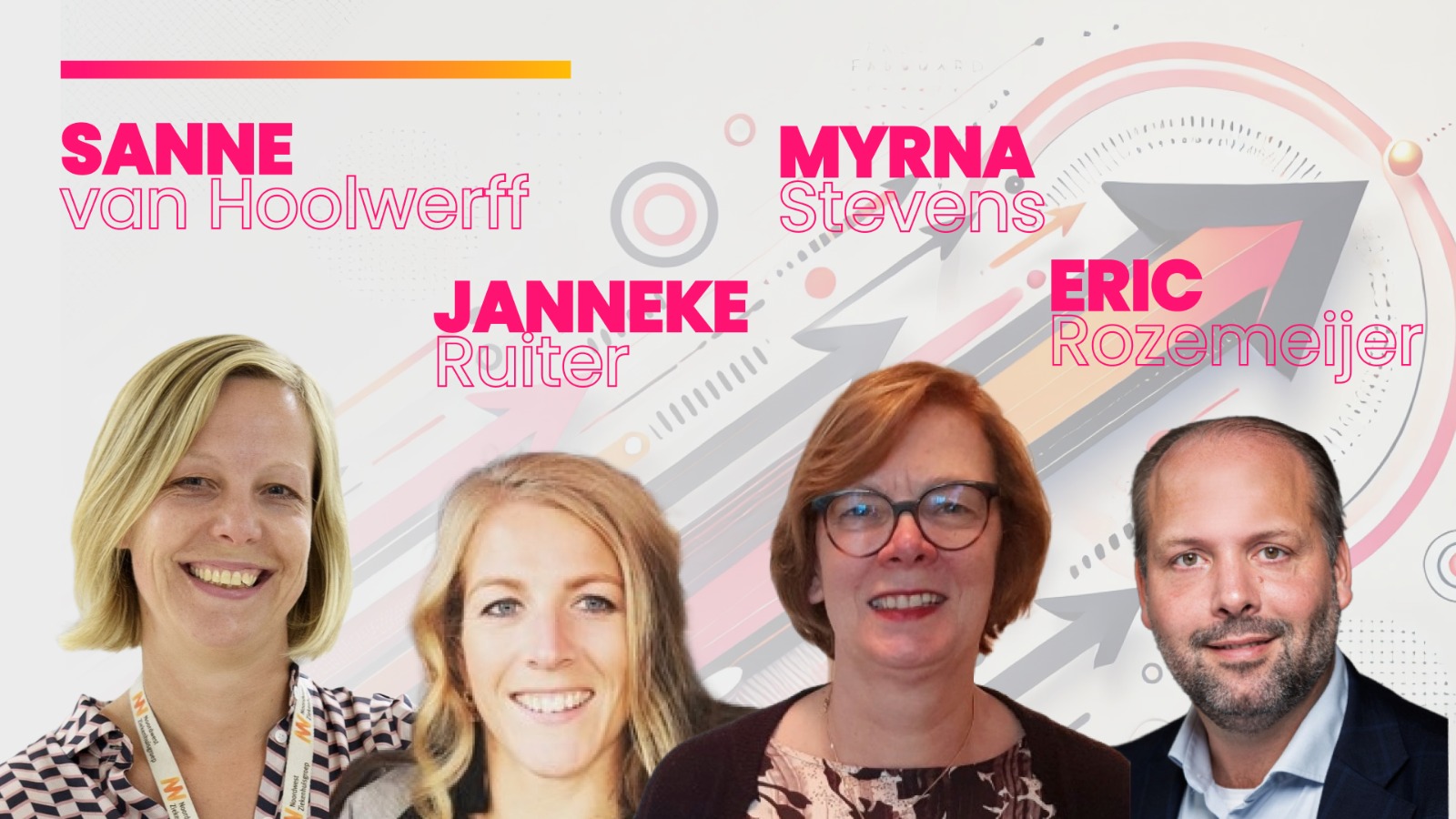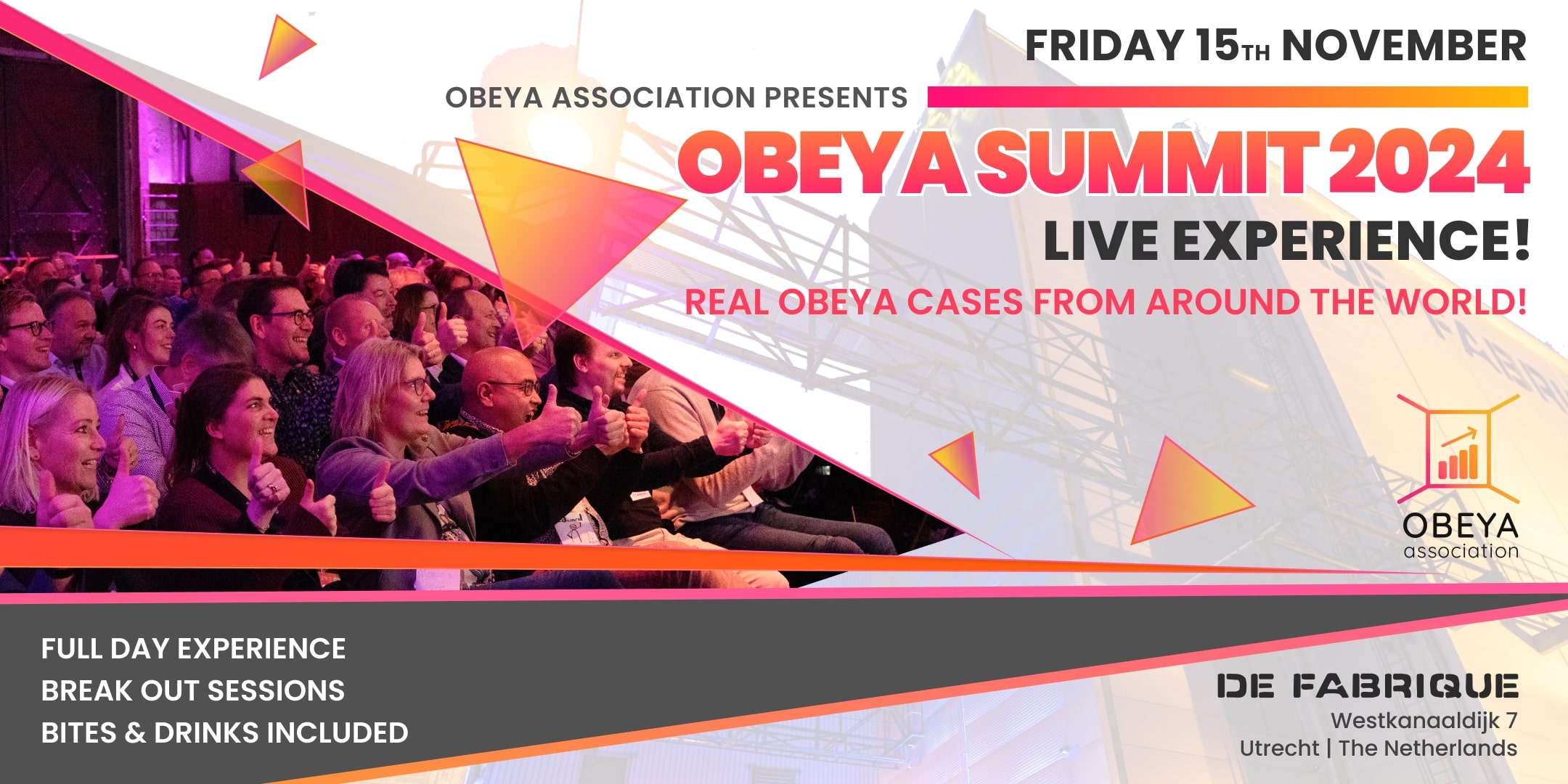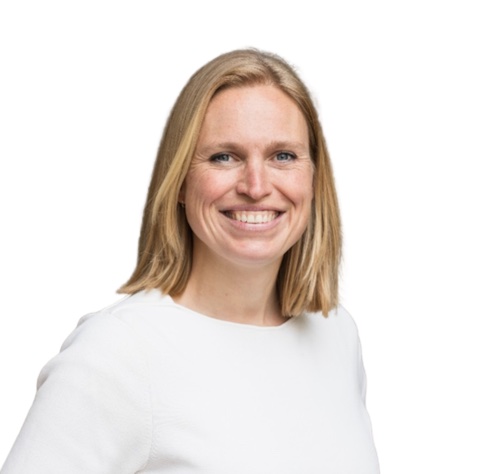
Author of this article: Mariëtte Alblas, Entrained
Have you ever felt the deep sensation of just knowing what to do? Knowing you had to take a, maybe life changing, decision even though you could not oversee the consequences? And there was no going back once this idea had settled into your head? Congratulations, you’ve encountered the deep dynamics of profound change.
One of the most interesting scientific frameworks elaborating on profound change is Theory U, by Otto Scharmer [1]. Scharmer developed his “U”-shaped transformational framework researching the question why and when so called change programs in organisations have a long-lasting effect. Even if the human dynamics of change are addressed (the double loop learning principle [2]), not all companies are able to change at the speed that is required to stay relevant and stay in business.
To find out more about the dynamics of effectively transformed organisations, Scharmer started the ‘Thought Leader project’, where he interviewed changemakers, CEO’s and entrepreneurs in the areas of management, knowledge and change – that managed to redefine the purpose and core business of their companies [3]. All their stories had one thing in common: These leaders all recorded a specific moment where they felt as if time and place stood still, they tapped into a field of wisdom and knowing. They experienced a deep knowing what to do, as if the future was already emerging and had to become reality through them.
From this moment on, these people were the true-felt ambassadors of change. Employees and co-workers simply knew the new narrative was not just another plan ‘they’ came up with, but that it was serious business and hence became involved in shaping the future and building the organisation around it.
Today’s world is rapidly changing. We face many, many challenges. Our future is VUCA, cause and effect are often intertwined, and we simply cannot tackle the problems with the same techniques that created them. To truly tackle these challenges, we should extend decision making to a deeper field of wisdom. Scharmer states we need a deeper connection: first between decision makers, second with the field of stakeholders that feel the impact from the decision, and last with the world as whole, affected by these decisions.
An Obeya is very much equipped to lead us to these profound experiences. In this article we will explore some of the relations between Theory U and Obeya – and how you can combine both to make impact and become an even stronger ambassador for effective change.
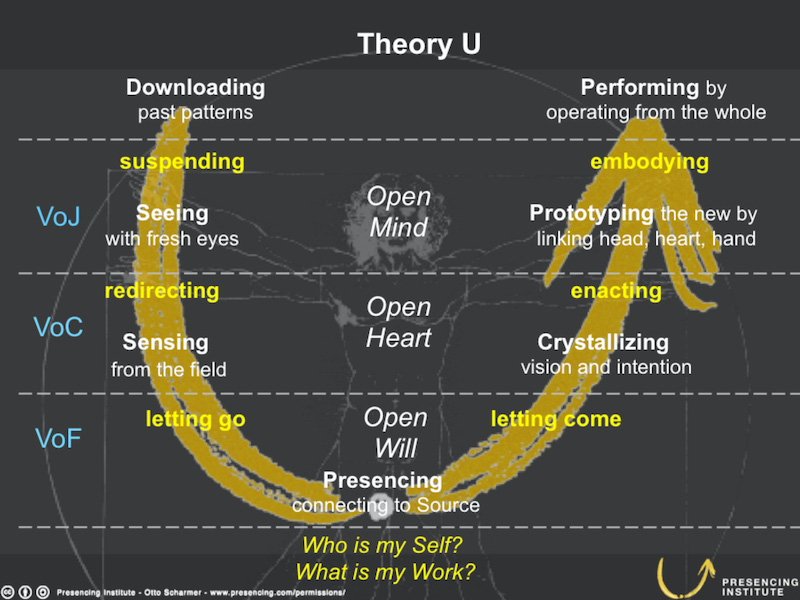
Let’s start with the left side of the model. This path is about deepening the known and felt knowledge on whatever change a person, or a group of people want to see happening. From the left side top to bottom there are 3 stages:
| Theory U | Explanation Scharmer | Interaction | What happens in an Obeya | Effective change |
|---|---|---|---|---|
| Downloading | Collective reproduction of existing patterns of behaviour or thought. | People stick to their view and listen only to respond. pended judgements.
‘As I already mentioned…’ ‘I really think you should try to …’ |
Immature Obeya: people expressing opinions, not listening to others and unfruitfully discussing who’s right and who’s wrong. No decisions, no improvements are made. | No change, just reacting. |
| Seeing | Becoming aware of the context, get all the information on the table. Can we define the problem? Do we know the ins and outs? People still have their view and opinion, but they are aware that there’s more information on the subject then they are aware of, and willing to explore with an open mind. | Clarifying questions, move to the context of the matter. Curiosity based on suspended judgements.
‘What exactly do you mean by “decreasing profits”? “Who are the involved stakeholders?” “What are the options we have?” |
The Obeya is used for decision making, the walls are filled with information. The Coach moderates the discussion within the group to extract knowledge from group, to improve the quality and effectivity of decision making. | Optimisation and redesigning. |
| Sensing | The group explores the more empathetic or emotional aspects by asking genuine personal questions. Dialogues are moderated and a common understanding of the field arises as the members of the group work from an open heart. | People are thinking and feeling together, exploring the context.
“How do we feel as a group if we take this decision?” “What responsibility is ours to take in this situation?” “What dynamic do you feel, looking at these facts?” |
The group in the Obeya works from a deeper connection and understanding. Daily factual decision making is enriched by meaningful dialogues, addressing values and beliefs. | Reframing |
Sometimes, this process continues to a stage in the bottom of the U: Presencing. The word presence is constructed of the words present and sensing. In this stage the team members not only feel deeply connected regarding the subject as they feel in the sensing stage, but they feel also deeply connected to the ‘source’ of the emerging future. As if a decision is being taken through them. This is a deeply systemic field, where deep sensations are felt through the whole team. To enter this field the team members need an open will to first let go of their judgements and fear. Once the team can tap into the source, multiple practices can help the team to stay in the moment and be comfortable with working from this field.
| Theory U | Explanation Scharmer | Interaction | What happens in an Obeya | Effective change |
|---|---|---|---|---|
| Presencing | The group connects to the source of the highest future possibility and brings it into the now. | People are deeply connected; conversation is freely unfolding at its own pace. | The team feels deeply connected and experiences an embodied sensation on a decision to be taken by them. They work from a source of commitment and energy, beyond themselves or their own interest. | Regenerating, reinventing, transforming |
Hitting the U does not mean the team will be effective in executing the decision. The team first must work its way through the right side of the ‘U’. This is where the team investigates the possible ways for the decision to manifest into action. The main aim of all these techniques is not to jump to rational action, but first elaborate on the future possibilities by accessing the unconscious knowledge of the team and its members. This is process that needs time and space to ripen.
| Theory U | Explanation Scharmer | Interaction | What happens in an Obeya | Effective change |
|---|---|---|---|---|
| Crystallizing | The team explores future possibilities from the source, staying connected. | As in the sensing, people are thinking and feeling together. The team uses various techniques to obtain information, that include guided visualisations, constellation principles and social presencing theatre [4]. The team has dialogues to process the information and crystallize the way to go. | Few aspects of crystallizing can be performed in an Obeya, being often limited in time and space. However, there are options to use the floor for constellations or use visualisation to obtain information on what wants to emerge. | Construct the new identity, intention and values. |
| Prototyping | The team presents a concept before it is perfected. | The team comes to a prototype, using dialogue and discussion. As the team receives feedback, they listen and improve using both the sensing and seeing fields. | The team uses the walls to put up the information and data they obtain working on the prototype, using discussion and dialogue to rapidly improve it. | Prototypes, experiments, pilots. |
| Performing | The concept is finalized, in business. | The concept is no longer a concept, but part of the running business, and hence discussed. | The former project or prototype is integrated in the Obeya and part of the routine. | Business a usual, no change if not needed. |
Exploring the parallels between the decision-making processes in Theory U and Obeya as a system for inclusive and sustainable decision making gives us some valuable and useful insights.
- Both Obeya and Theory U provide us with a method that enhances decision-making processes in complex environments. Obeya enables the team to organise and structure large quantities information on the walls and have meaningful conversations to come to decisions. Theory U merely provides in a framework that can be used to explore one specific topic on various levels. The factual level, the empathic level and the more systemic level.
- Obeya can be used for both day-to-day decision-making and enhancing performance, as well as monitoring change projects and programs. Theory U is designed to guide transformational processes, to reinvent and regenerate. Nevertheless, the methodology of Theory U can be applied on both types of decision making within the Obeya. Especially on the first factual stage (seeing/prototyping) the match is easily made.
- But also, Theory U practices in the second more empathic stage can be performed in the Obeya. Of course, only if the team is mature and psychological safety is there. The Obeya Coach and Host could take leading roles in incorporating practices.
- Theory U could even enrich decision-making processes by incorporating the third systemic stage, the presencing. How about making more use of the floor in the Obeya and do some constellation work? Or start with a meditation and intention setting?
- Finally, sometimes decisions need time and space. Especially when it comes to presencing or crystallizing, the Obeya – often settled in a business setting- might not offer the right environment to tap into the field. It’s up to the coach or host to invite the team into another setting to explore the topic at stake and obtain information using Theory U techniques. Once through this process, the information can be brought back to the Obeya and enrich the decision-making process.
Let’s go back to the great challenges our generation faces, and the decisions we must make that affect the future of our planet and the wellbeing of generations to come. Making use of Obeya already enhances decision making processes through meaningful conversations. Applying Theory U principles and techniques in your Obeya could deepen your common understanding on the topic and enrich decision making by adding a systemic approach and work from the ‘field’.
| Theory U | Explanation Scharmer | Interaction | What happens in an Obeya | Effective change |
|---|---|---|---|---|
| Presencing | The group connects to the source of the highest future possibility and brings it into the now. | People are deeply connected; conversation is freely unfolding at its own pace. | The team feels deeply connected and experiences an embodied sensation on a decision to be taken by them. They work from a source of commitment and energy, beyond themselves or their own interest. | Regenerating, reinventing, transforming |
References
- [1] 2009: Theory U: Leading form the Future as It Emerges, Berrett-Koehler
- [2] 1995: Argyris, Schön, Organisational learning II Theory, Method and Practice, Prentice Hall.
- [3] 1996: Presence: An Exploration of Profound Change in People, ‘Organizations, and Society, Senge, Scharmer, Jaworski & Flowers
- [4] 2021, Social Presencing Theater: The Art of Making a True Move, Arawana Hayashi.

